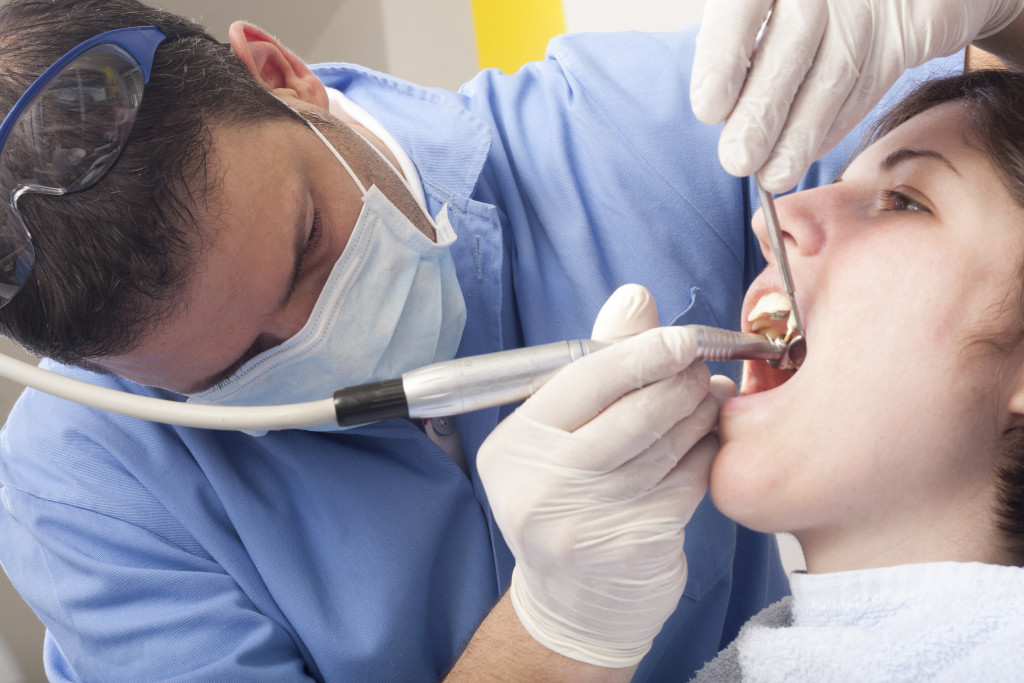For years, technology and healthcare have been at odds with each other. Technology is the future of medicine, but it also challenges the status quo in healthcare. Healthcare providers are trying to keep up with this new trend while still maintaining a sense of tradition in their practice.
This article will explore how these two industries have found common ground through modern treatment solutions.
Modern Medical Devices
The first way that technology and healthcare have come together is through modern medical devices. These devices are often portable and can be used by patients themselves. They include blood pressure monitors, glucose meters, and activity trackers.
These devices allow patients to take a more active role in their care. They can also provide doctors with more data about their patients’ health. This data can help doctors make better decisions about their treatment plans.
As a result, it streamlines the process of getting treatment and helps to improve patient outcomes.
Remote Monitoring
Another way that technology and healthcare are coming together is through remote monitoring. It is a process where patients’ health data is collected and monitored by doctors or other healthcare professionals.
This data can be collected in many ways, including through wearable devices, mobile apps, and home health sensors.
Once the data is collected, it is then analyzed by healthcare professionals. They can use this data to make decisions about a patient’s care. For example, they can decide when a patient needs to be seen by a doctor or when they need to take medication.
Remote monitoring also helps to reduce the cost of healthcare. It allows doctors to provide care for patients from a distance. It reduces the need for patients to travel to a doctor’s office or hospital.
Innovative Surgical Treatments

Today, treatments often use technology to improve the delivery of care. One example of this is medical robotics. Robotics can be used to perform surgery or other medical procedures. You can also use them to assist doctors in their work.
Medical robotics can help to improve the accuracy and precision of treatments. They can also help to reduce the risk of complications.
Another example of this is virtual reality. Health professionals can use VR to provide patients with immersive treatment experiences. They can also use it to train healthcare professionals.
Virtual reality is a great way to improve patient outcomes. It can also help to reduce the cost of healthcare.
Modern Dental Practice
In the dental field, technology has helped create new treatments and procedures. One example of this is dental lasers. Lasers can be used to treat a variety of dental problems. Health providers can also use them to improve the accuracy of treatments.
Another example is dental implants. These implants can be used to replace missing teeth. They are made of titanium and are surgically placed in the jawbone. Dental implants are a great way to improve the appearance of a patient’s smile. They are also a great way to improve their oral health.
Prosthetics and Implants
Technology has been used to create new and innovative products in the prosthetics and implants field. One example is 3D printing. 3D printers are available to replicate prosthetic devices and implants. Therapists can also use them to create custom-made products for patients.
It allows healthcare professionals to provide their patients with the best possible care. 3D printing is also a great way to improve patient outcomes. It eases the process of getting a prosthetic or implant.
Collaboration and Communication
Technology is often used to improve communication between healthcare professionals in the healthcare field. One example of this is electronic health records (EHRs). EHRs are digital records that contain a patient’s medical history.
They can be accessed by doctors, nurses, and other healthcare professionals. It allows them to understand a patient’s medical history better. It also helps to improve the coordination of care.
We can also use technology to improve communication between patients and healthcare professionals. For example, medical providers can use mobile apps to provide patients with their treatments. We can also use them to connect patients with other patients with similar conditions.
It helps to improve the patient experience and allows them to be more involved in their care.
The above are just a few examples of how technology and healthcare are coming together. In general, they are working together to improve patient outcomes. As technology evolves, these two industries will likely continue to work together. It is good news for patients and healthcare providers alike.
So, what does the future hold for technology and healthcare? Only time will tell. However, they will continue to work together to improve patients’ quality of care.


